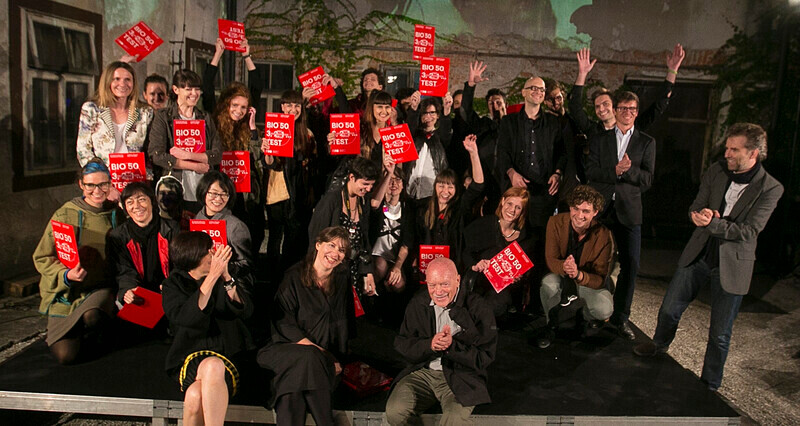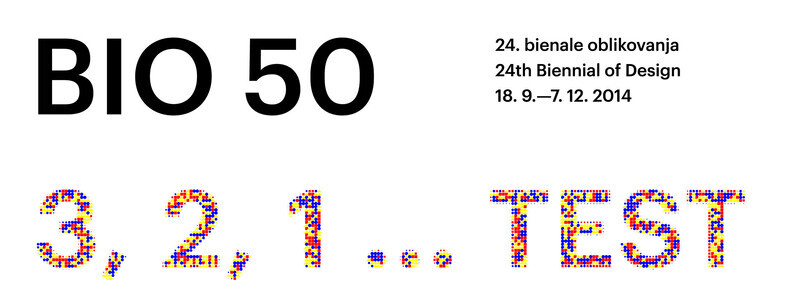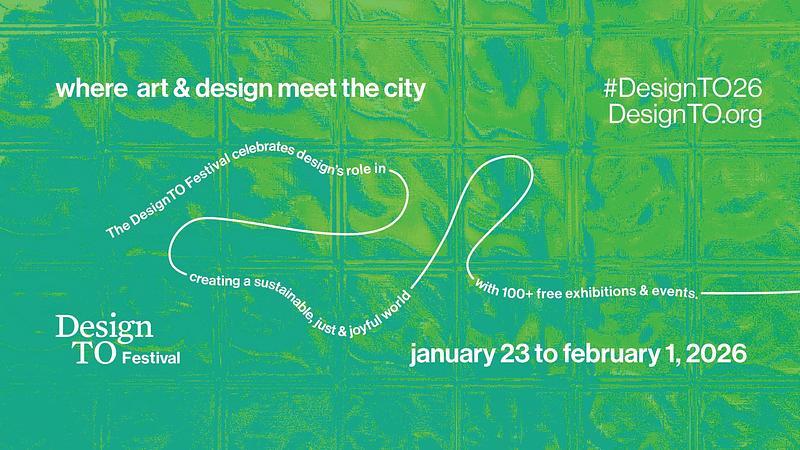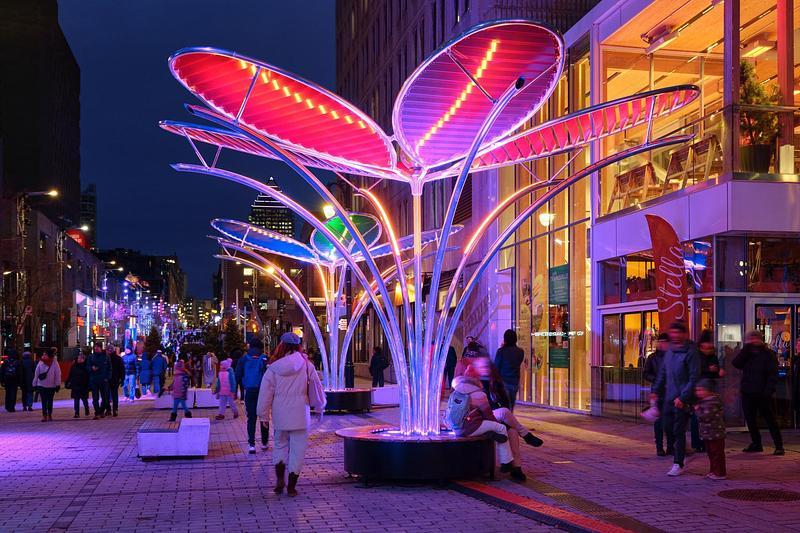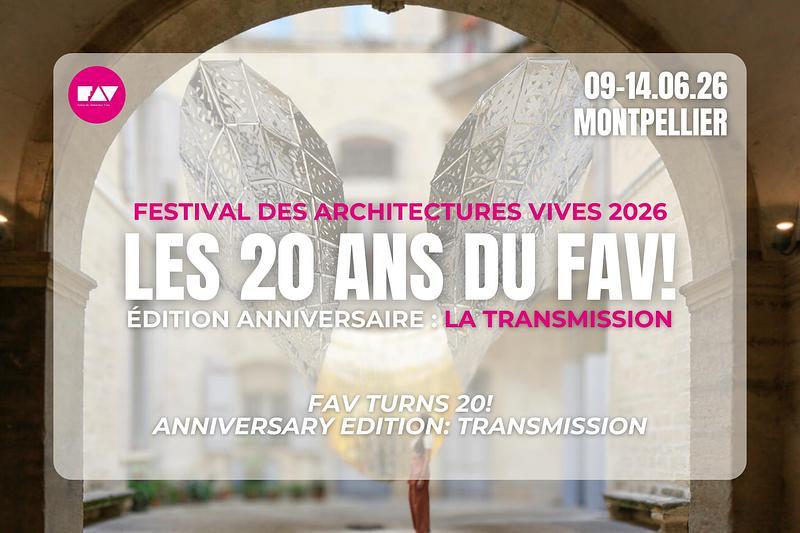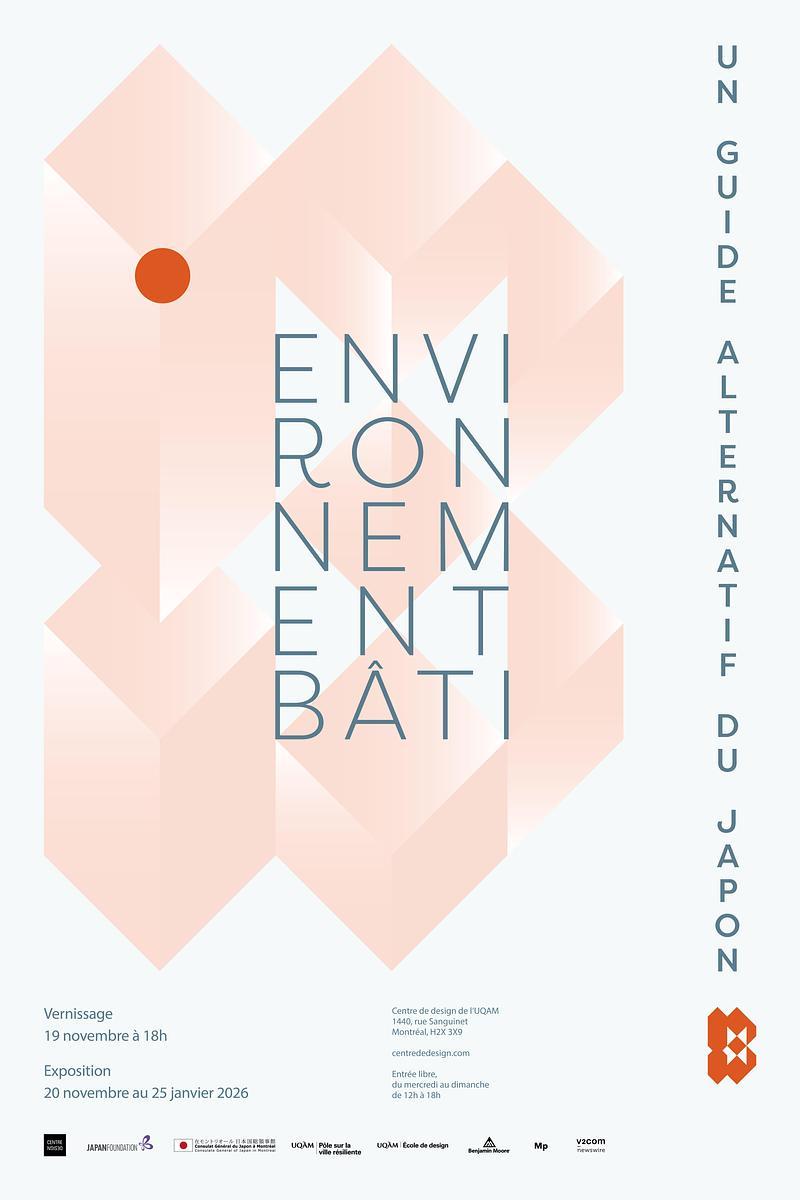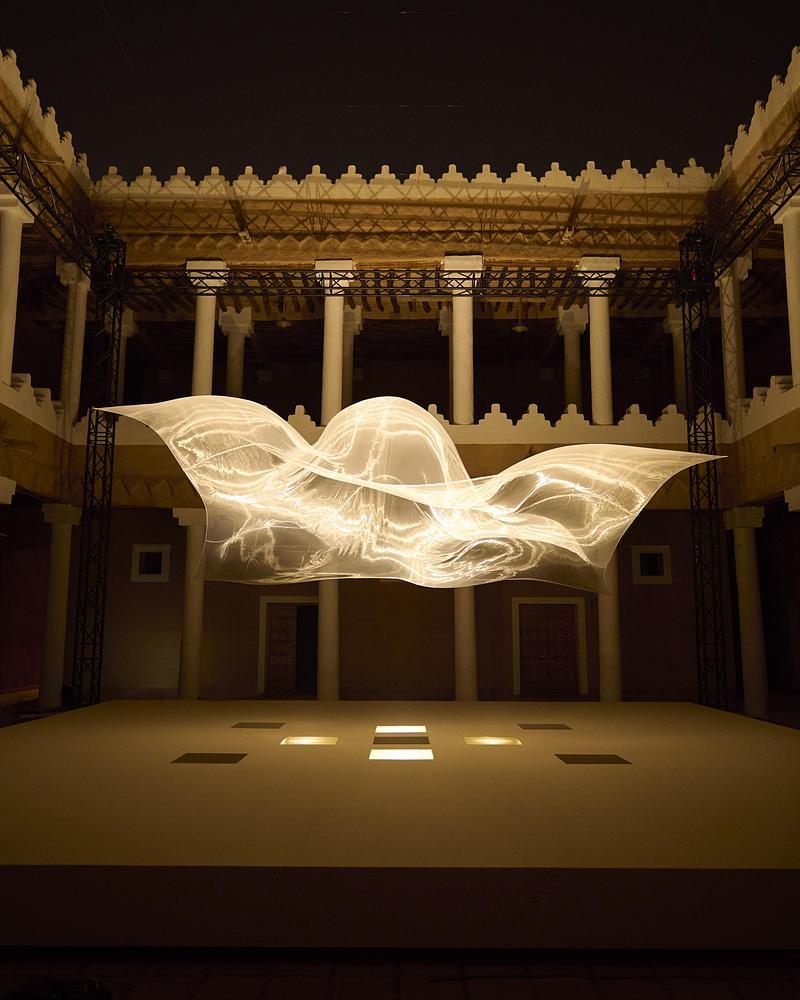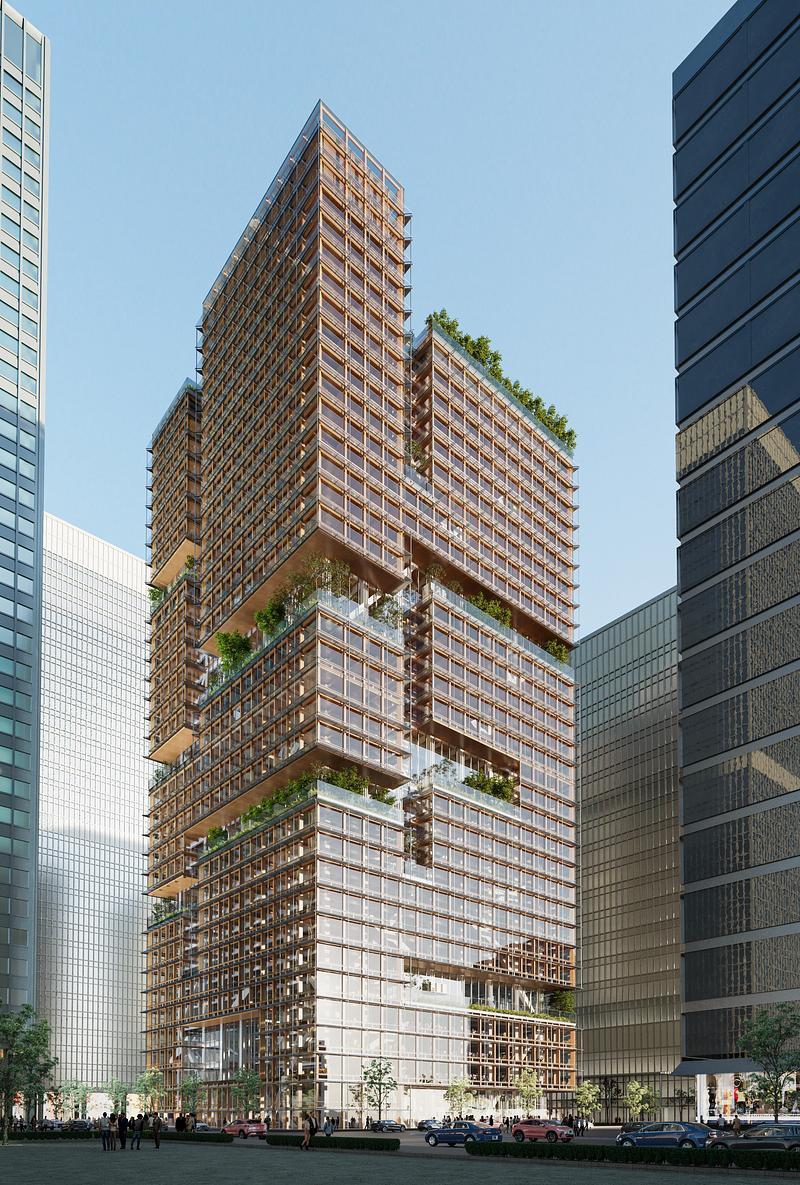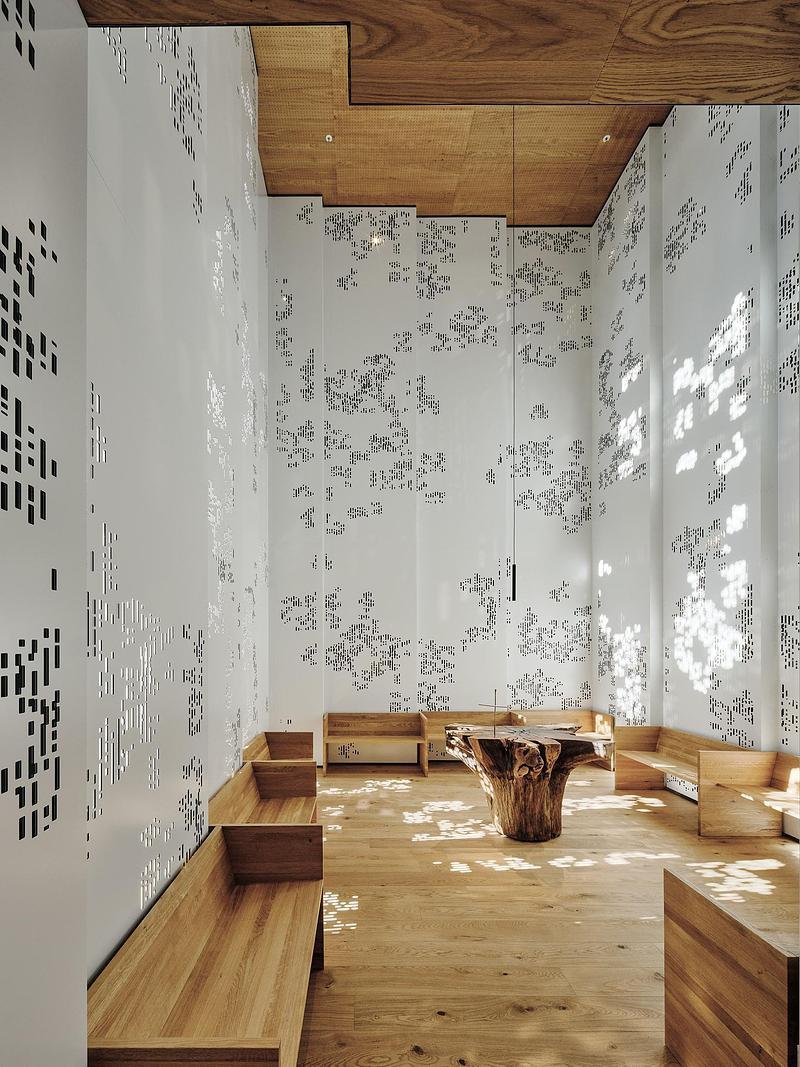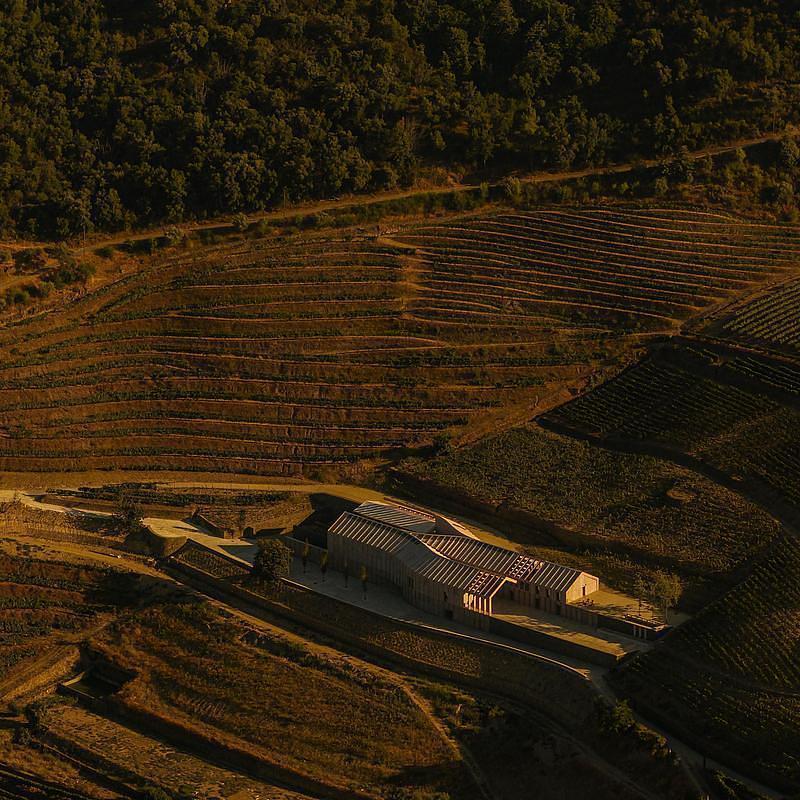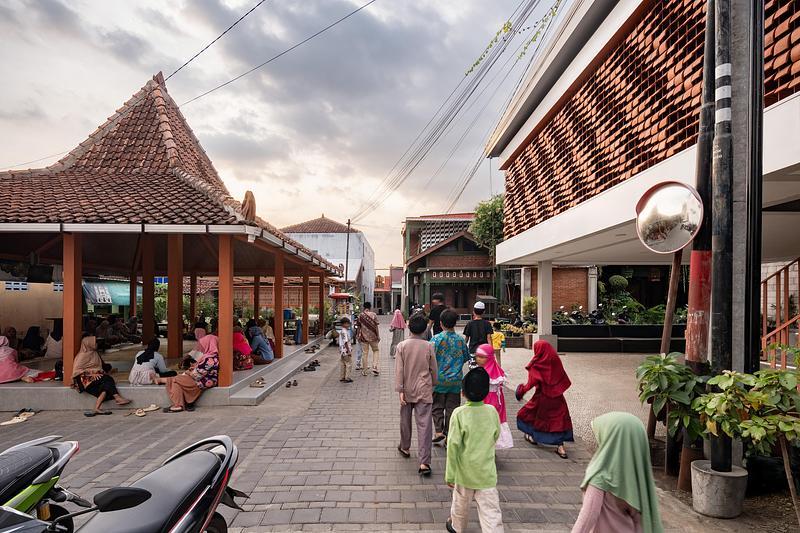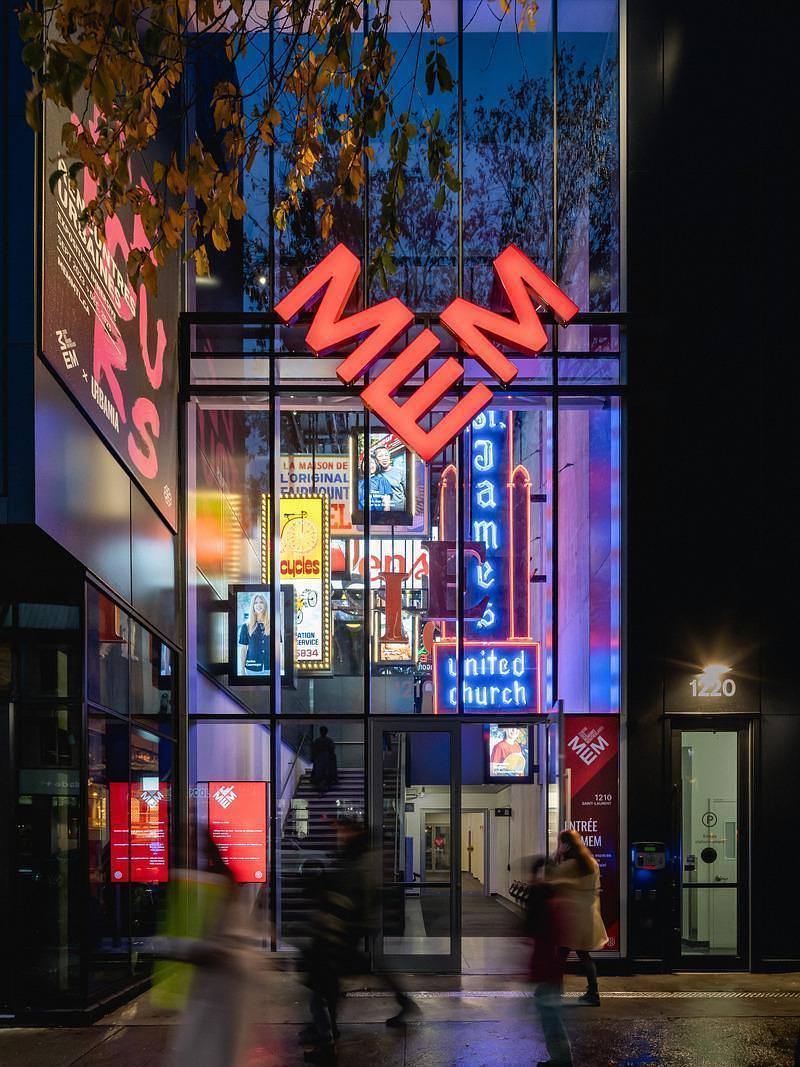
Press Kit | no. 1171-04
Press release only in English
BIO 50 Coming to Milan Design Week 2015
Museum of Architecture and Design (MAO), Ljubljana
Museum of Architecture and Design Slovenia and exhibition BIO 50: 3, 2, 1 … TEST - 24th Biennial of Design, Ljubljana in collaboration with Z33 are coming to Milan Design Week. Join us and explore the results of the long-term collaborative process, where teams of designers and multidisciplinary agents developed alternatives to established systems of everyday life. Find us in the heart of old Milan at Palazzo Clerici (first floor), Via Clerici, 5, Milano, Italy, at Milan Design Week from 14 – 19 April 2015.
BIO 50 was curated by Jan Boelen of Z33 and Maja Vardjan and Cvetka Požar of MAO.
The groups of over 120 designers from all parts of the world joined under the mentorship of renowned designers like Aldo Bakker, Rianne Makkink, Tulga Beyerle, Jesse Howard, Aljoša Dekleva, Tina Gregorič, Miha Turšič and Jurij Krpan to create 58 projects exploring the eleven themes of everyday life. The original exhibition took place on three different locations between 18 September – 7 December 2014 in Ljubljana, Slovenia.
The exhibition in Milan presents a random selection of projects that represent the nature and spirit of BIO 50:
HACKING HOUSEHOLDS
Leonardo Amico, Thibault Brevet, Coralie Gourguechon, Jesse Howard, Jure Martinec, Nataša Muševič, Tilen Sepič
What if objects were produced the way open source software is developed?
Creating software has become a flexible, collaborative, and adaptable process: projects develop as code is openly shared, reviewed, adapted, and distributed. Simultaneously, producing home appliances is increasingly dependent on inflexible standards of production leading to a lack of repairability, less adaptability, and more waste.
With programming objects, a system emerges in which products can evolve, adapt to your own needs, be reused, and communicate with one another. Objects can now be designed, developed, and produced democratically, rather than through a top-down approach from corporation to consumer.
Mentors:Jesse Howard, Tilen Sepič
Partner: Gorenje, d. d.
links:
http://bio.si/en/themes/hacking-households/
http://www.hackinghouseholds.com/
BIO50}hotel
Alessandro Fonte, Silvia Susanna
BIO50}hotel is a temporary exhibition hotel established at the Museum of Architecture and Design (MAO) during BIO 50, which redefines the relation between the museum and its visitors. Hotel guests were hosted in the museum free of charge, but were asked to contribute to the biennial by actively participating in the events or by suggesting their own lectures, exhibitions, workshops and similar. Furthermore, all took part in a 1:1 action by organizing their accommodation, and by repositioning, using and testing the exhibited items.
BIO50}hotel eventually traced out the exhibition hotel as a versatile model that challenges the tourism implied and connected to exhibitions and cultural infrastructures. It works beyond their primary activity and time frame, as active performative platform for living, creating and sharing ideas
BIO50}hotel is a project of Nanotourism group that was looking for alternatives to booming tourism industry. It defines tourism as site specific, participatory, locally oriented, bottom-up alternative.
Mentors: Tina Gregorič and Aljoša Dekleva
Partner: Architectural Association (AA), School of Architecture, Visiting school
links:
http://bio.si/en/themes/nanotourism/
THE FOUNTAIN
Asnate Bočkis
This fountain embraces and deals with the different stages of water.
In nature water is cyclic, materializing at different times as fog, fluid and ice. But what about water in fountains? Unfortunately, fountains in Ljubljana present only one of the three stages of water. During winter, they are closed off and covered with wooden structures. In the Fountain project, water becomes a builder of its own monument, celebrating liveliness and motion all year long.
The Fountain is a project of Public Water Public Space group that explored the possibilities of water as a locus of public activity: as a biological and historical fluid, as a material and effect, and as an opportunity for sharing.
Mentors: Aldo Bakker, Marko Fatur
Partner: Vodovod-kanalizacija, d. o. o.
Links:
http://bio.si/en/themes/public-water/
SURVIVAL COOKBOOK
Nuša Jelenec, Gaja Mežnarič Osole
Striving to gain local knowledge of the social and environmental landscapes of the Fužine neighborhood, where the Museum of Architecture and Design (MAO) is located, we conducted a series of friday foraging field trips, conversations and Knowing Food workshops. Our findings are collected in a cookbook that introduces contemporary tools and activities for local co-existence. These include a community map of edible landscapes, an alternative food labeling system, collective foraging economies, edible currencies and curiosity interviews.
Survival Cookbook is a project of the Knowing Food group that was searching for answers to the question: What kind of role does the community and the social aspect play in the way we deal with food today? They built up a community garden and initiated research on diverse topics: on milk, a basic national product; on local plants; invasive species; and devising a possible future scenario for food.
Mentors: Lucas Mullié, Digna Kosse
Links:
http://bio.si/en/themes/knowing-food/
ENGINE BLOCKS
Gaspard Tiné-Berès, Ricardo Carneiro, Tristan Kopp, Antoine Monnet
Vehicles have become increasingly specialized and unique, yet their mechanical essence remains largely the same. Could the future of transportation lie in a sustainable, modular mechanical solution where the main element – an engine – is adaptable in and to a variety of local contexts?
In the wake of severe weather conditions in February 2014, significant power outages greatly impacted Slovenia. Unpredictable, unexpected variations in our surroundings become more frequent every day. The Engine Blocks’ system enables everyday tasks and routines in unexpected conditions. With one modular Tomos engine, one can autonomously travel, do the laundry, generate electricity… the world of Mad Max is around the corner!
Mentors: Gaspard Tiné-Berès, Tristan Kopp
Partner: Tomos Research and Development Team
Links:
http://bio.si/en/themes/engine-blocks/
PRE-MOLD LAMPS
Annika Frye
Pre-mold lamps combine the industrial process with the glassblowers’ craft. The opal shade works as a diffusor and the improvised shapes as a shade.
They only roughly determine the final shape, and that task falls upon the glassblowers. The improvised shapes are then integrated with simple geometric industrial glass pieces that Steklarna Hrastnik is already producing – high quality opal glass shades for the lighting industry – and combined to make a series of lamps.
Pre-mold lamps were developed within the Hidden Crafts group where designers collaborated with six Slovenian companies trying to find a new life in the methods, outcomes and distribution of traditional and industrial craft.
Mentor: Tulga Beyerls
Partner: Regional Development Agency of the Ljubljana Urban Region
Link:
http://bio.si/en/themes/hidden-crafts/
ORCHESTRA
Ernest Nograšek
Orchestra is a new tool for glassblowing. In Ancient Egypt, the glassblowing process was a collaborative effort, while today it is highly individual. The project works with the idea of collaboration to break contemporary myths around the glassblowing process and transform it from an individual to a collaborative process. This participatory approach produced entirely new outcomes, from shapes inside other shapes to inside printing.
Orchestra tools were developed within the Hidden Crafts group where designers collaborated with six Slovenian companies trying to find new life in the methods, outcomes and distribution of traditional and industrial craft.
Mentor: Tulga Beyerle
Partner: Regional Development Agency of the Ljubljana Urban Region
Link:
http://bio.si/en/themes/hidden-crafts/
DOMESTIC PLATFORMS
Matic Vrabič
This flexible furniture system was developed as an exhibition structure for BIO 50, where simplicity, low cost and quick execution were the main requirements. The system is based on a single supporting element – a wooden leg that can be rotated in desired position, enabling three different object heights. Various leg configurations and modular panels combine to create different pieces of furniture: a table, a bench or a daybed, all as platforms for domestic or office environments. Inspired by the austere structures and material treatment of traditional furniture, and refusing to transcend or hide, the elements of this prototype look-alike furniture are made entirely of parts used in the industrial manufacture of doors. The simple technology was modified slightly in order to create a new product. The collection represents a comment on the position of the furniture industry in times of crisis, by exploring both new production methods and usage. For BIO 50 a total of 100 pieces were made. Domestic Platforms are now produced in small series.
Links:
About BIO
Founded in 1964, BIO is the first design biennial in Europe. Witnessing the many shifts and changes in the last 50 years BIO has seen design transition from its birth at the crossroads of industrialization and modernism towards a discipline that permeates all layers of everyday life. BIO – The Biennial of Design in Ljubljana has since its beginnings transformed into an international platform for new approaches in design. A testing ground for various topics that resonate with local and global demands; its comprehensive projects aim to create the resilient structures that can develop through time and beyond the duration of the Biennial.
Watch for the next BIO open call, to be launched in Autumn 2015.
For more information
Media contact
-
Museum of Architecture and Design (MAO, Ljubljana
-
Ana Kuntarič, public relations
- ana.kuntaric@mao.si
- +386 1 548 42 74
Attachments
Terms and conditions
For immediate release
All photos must be published with proper credit. Please reference v2com as the source whenever possible. We always appreciate receiving PDF copies of your articles.
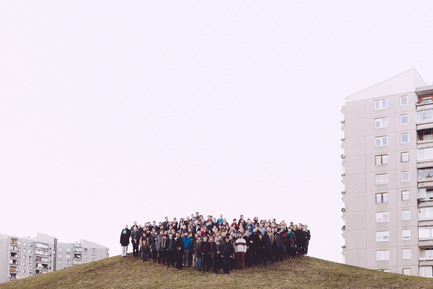
During a period of six months, 120 local and international designers and multidisciplinary agents engaged in a large scale collaborative effort to devise possible futures for design.
Medium-resolution image : 8.33 x 5.55 @ 300dpi ~ 1.4 MB
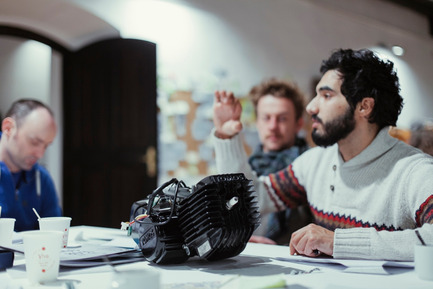
Working on 11 themes that impact diverse aspects of everyday life, they were brought together by 3, 2, 1 … TEST, the experimental framework that shaped BIO 50, the Biennial of Design in Ljubljana.
Medium-resolution image : 8.33 x 5.56 @ 300dpi ~ 1.5 MB
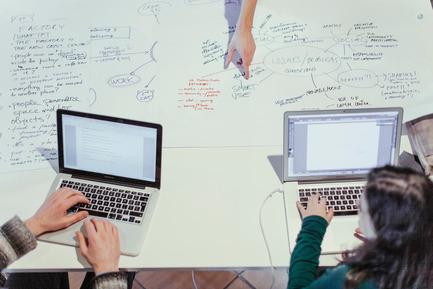
Different groups tackled the themes of Affordable Living, Knowing Food, Public Water Public Space, Walking the City, Hidden Crafts, The Fashion System, Hacking Households, Nanotourism, Engine Blocks, Observing Space and Designing Life, creating specific projects and resilient structures that are still developing through time, beyond the duration of the biennial.
Medium-resolution image : 8.33 x 5.56 @ 300dpi ~ 1.4 MB
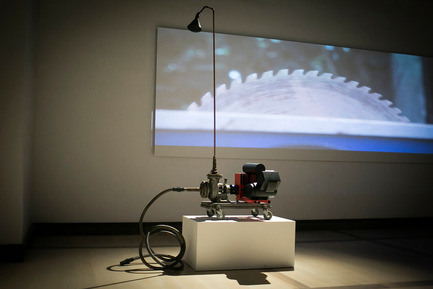
High-resolution image : 11.81 x 7.87 @ 300dpi ~ 3.3 MB
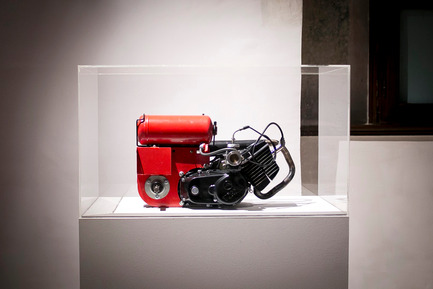
High-resolution image : 11.81 x 7.87 @ 300dpi ~ 2.5 MB
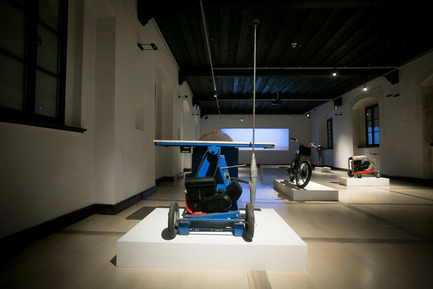
High-resolution image : 11.81 x 7.87 @ 300dpi ~ 3.5 MB
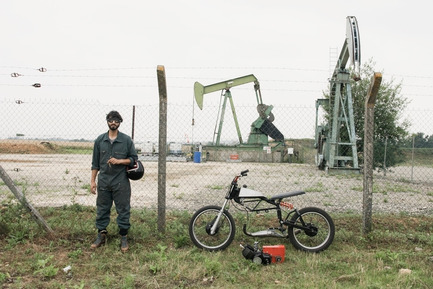
Medium-resolution image : 5.0 x 3.33 @ 300dpi ~ 890 KB
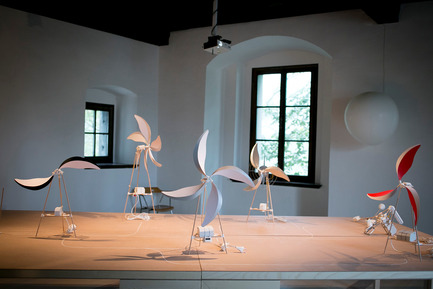
High-resolution image : 12.56 x 8.37 @ 300dpi ~ 2.9 MB
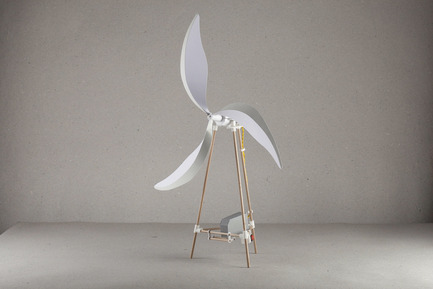
Medium-resolution image : 6.83 x 4.55 @ 300dpi ~ 720 KB
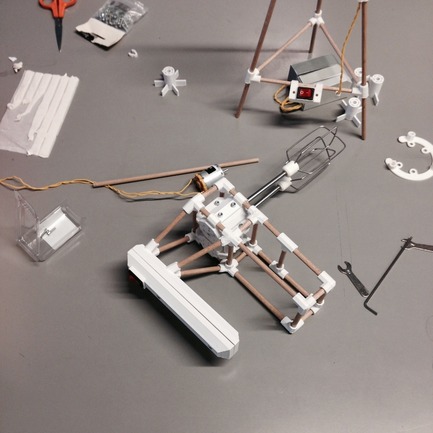
Medium-resolution image : 5.0 x 5.0 @ 300dpi ~ 860 KB
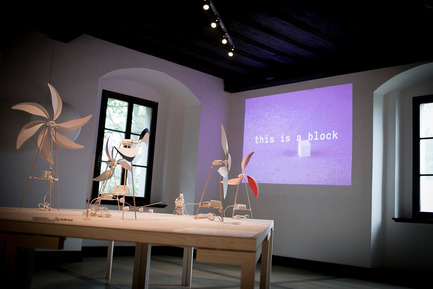
High-resolution image : 11.85 x 7.9 @ 300dpi ~ 3 MB
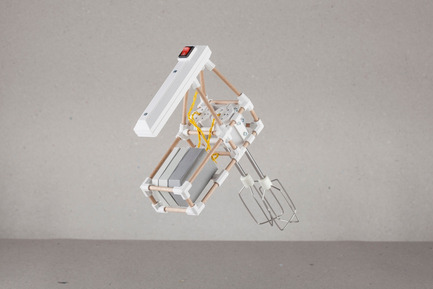
Medium-resolution image : 8.33 x 5.56 @ 300dpi ~ 1.2 MB
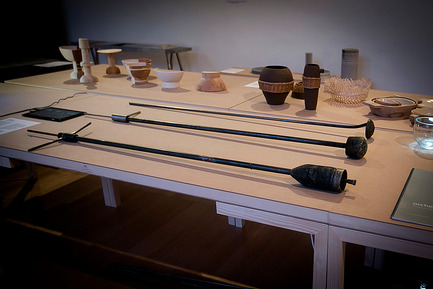
High-resolution image : 11.81 x 7.87 @ 300dpi ~ 3.8 MB
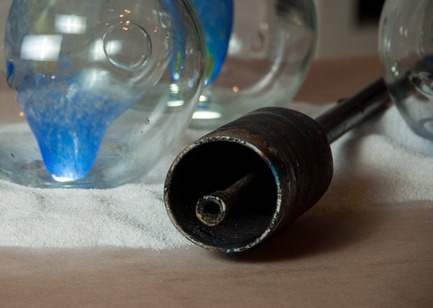
Low-resolution image : 4.66 x 3.32 @ 300dpi ~ 790 KB
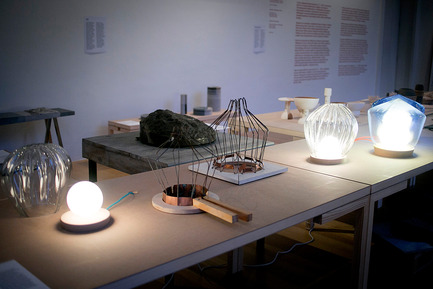
High-resolution image : 11.81 x 7.87 @ 300dpi ~ 4.3 MB
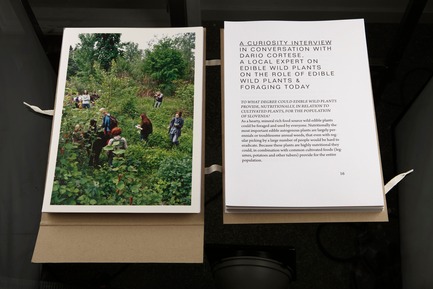
High-resolution image : 13.33 x 8.89 @ 300dpi ~ 2.1 MB
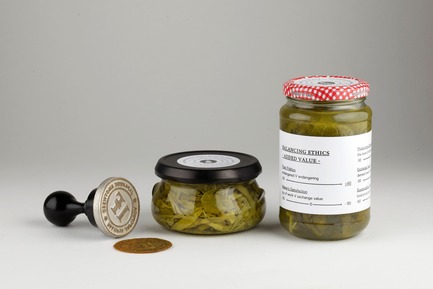
High-resolution image : 13.33 x 8.89 @ 300dpi ~ 1.4 MB
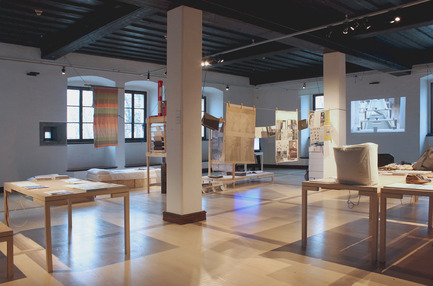
Low-resolution image : 4.04 x 2.67 @ 300dpi ~ 690 KB
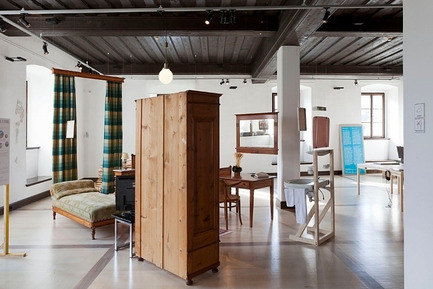
Low-resolution image : 2.93 x 1.96 @ 300dpi ~ 290 KB
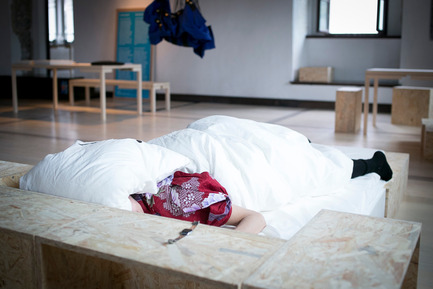
High-resolution image : 11.44 x 7.63 @ 300dpi ~ 2.3 MB
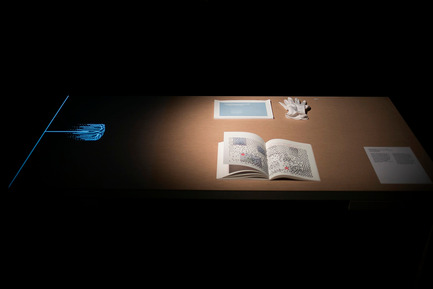
High-resolution image : 11.81 x 7.87 @ 300dpi ~ 1.4 MB
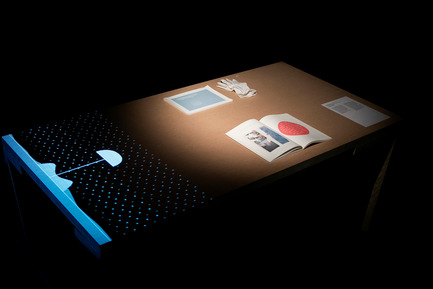
High-resolution image : 11.81 x 7.87 @ 300dpi ~ 1.5 MB
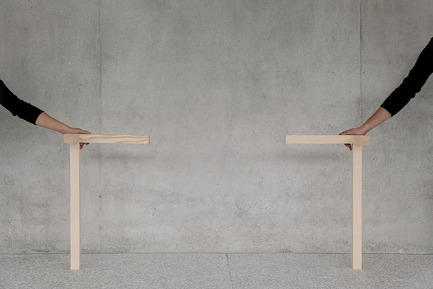
Medium-resolution image : 5.0 x 3.33 @ 300dpi ~ 830 KB
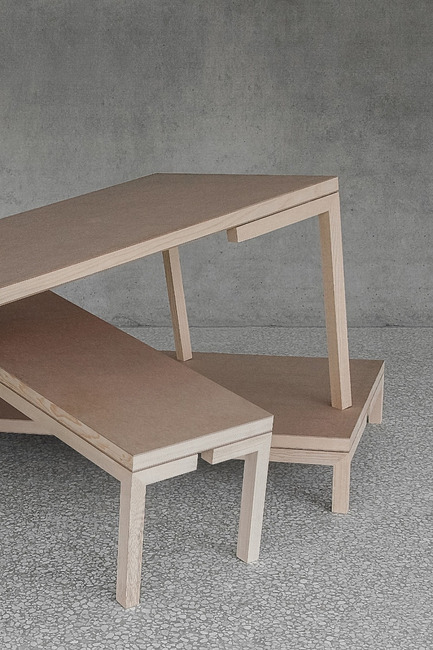
Medium-resolution image : 3.33 x 5.0 @ 300dpi ~ 1.1 MB
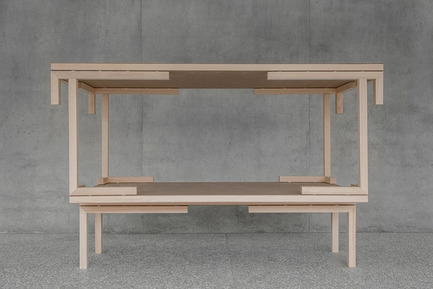
Medium-resolution image : 8.33 x 5.56 @ 300dpi ~ 2.2 MB
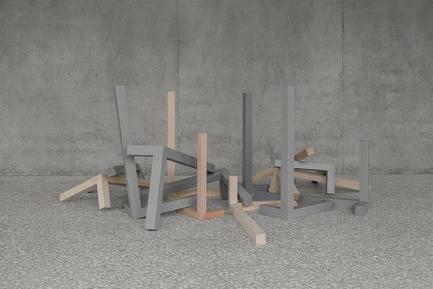
Medium-resolution image : 5.0 x 3.33 @ 300dpi ~ 890 KB
